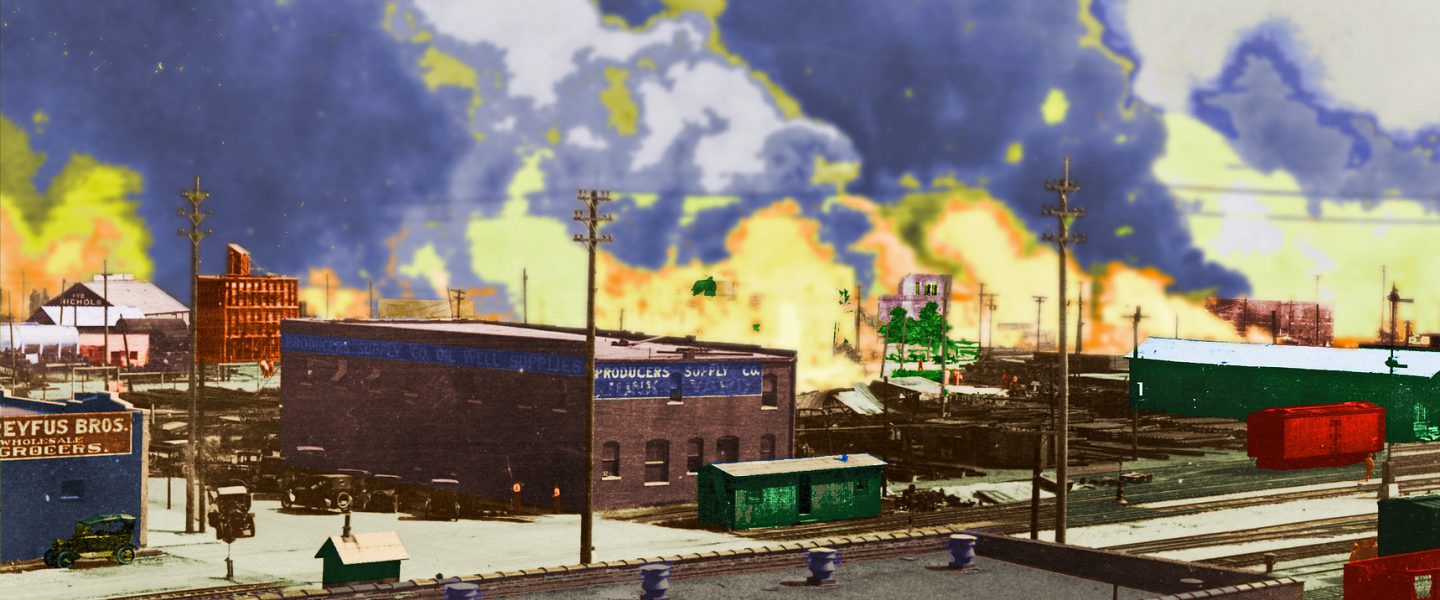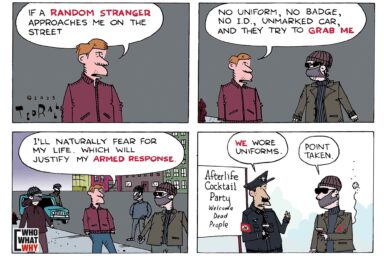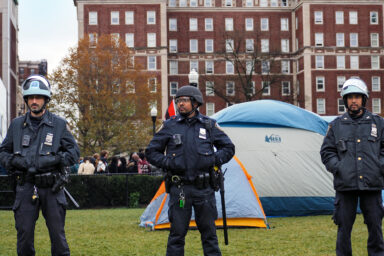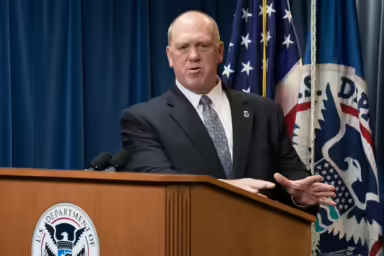A judge in Oklahoma ensures that justice for the remaining three victims of the 1921 Black Wall Street massacre in Tulsa remains elusive.
|
Listen To This Story
|
More than 100 years after the Black Wall Street massacre, all that the remaining survivors of one of the worst terrorist attacks on US soil wanted was some semblance of justice. If Tulsa County District Court Judge Caroline Wall has her way, they won’t get it.
On Friday, Wall threw out a lawsuit filed on behalf of three centenarians who were alive in 1921, when a mob of white people descended on a Black district in Tulsa, OK, killed hundreds of its residents, and left the thriving community in ruins.
Tulsa officials then tried to downplay and cover up what really happened that day, which is one of the reasons why more Americans are not aware of the massacre, and why justice has been so hard to come by.
In their lawsuit, the plaintiffs argue that, even a century later, the impact of the massacre reverberates. At the time of the attack, “Black Wall Street,” as that part of Tulsa had been known, was one of the most prosperous Black communities in the US. All of that was reduced to ashes in just a few hours.
And still, there has been no compensation for the victims.
Wall is not the first judge who is denying them justice. As far back as 1937, when a series of property cases were dismissed, the courts have done their part to perpetuate this grave injustice.
That is really one of the most baffling things about the massacre and its aftermath. It is easy to understand how racism, jealousy, and poverty would motivate a white mob in the 1920s to sack a wealthy Black community.
And it also makes sense that Tulsa officials tried to downplay what happened. Who wants to be known as the city where hundreds of residents were slaughtered without repercussions?
However, the way in which the legal system, even 100 years after the fact, has failed the victims is stunning.
Just the fact that the defendants in the lawsuit, including the City of Tulsa and the Tulsa Chamber of Commerce, chose to fight it instead of finding some sort of solution is baffling.
Their argument that the request to compensate the victims for the property that was stolen and destroyed would impose a burden on the city’s financial stability is just ridiculous. A horrific crime was committed, and nobody paid for it. However, many people (and their descendants) have materially benefited from it.
Anybody interested in justice should want there to be some kind of compensation.
Apparently, however, Wall is not.
“Upon hearing the arguments of counsel and considering the briefs filed by counsel for plaintiffs and counsel for defendants the court respectfully finds and order the plaintiffs’ second amended petition should and shall be dismissed with prejudice,” she ordered.
Here is the thing about the law: If you know it, then you can get it to say just about anything you want. We just saw that in a spate of recent Supreme Court decisions.
True justice, however, does not work that way. And, in the case of the Black Wall Street massacre, it remains out of reach for the victims.




